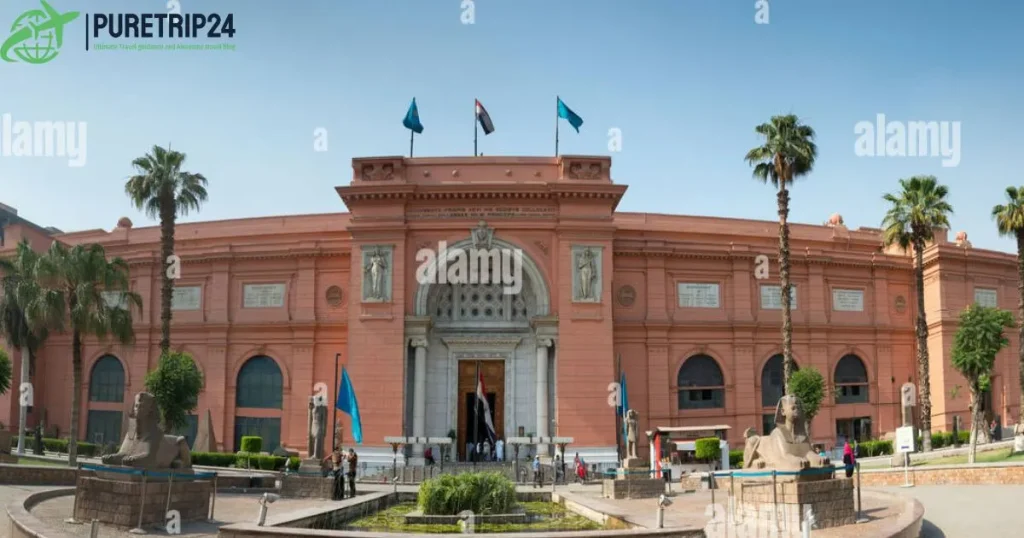
A Traveler’s Guide to The Museum of Egyptian Antiquities
In the heart of Cairo, we have The Museum of Egyptian Antiquities, sometimes known generally as the Egyptian Museum. With a wealth of Egyptian culture and history as its foundation, this museum is home to one of the most expansive collections of ancient artifacts on the planet.
If you are planning to visit this marvelous museum, the following guide published by PureTrip24 will help in navigate through its treasures and make your journey worthwhile.
A Glimpse into History of Egyptian Antiquities
Overview
This museum (established in 1902) boasts a collection of over 120,000 artifacts, among which are many from the tomb of Tutankhamun and other dynastic treasures. Based on a mix of neoclassical and modern styles, the building for the museum is attractive as it complements well with all the amazing showpieces that are placed there.
Location
Since the museum is located near Tahrir Square, it is perfect for travelers concerned about travel to Cairo.
Must-See Exhibits Egyptian Antiquities
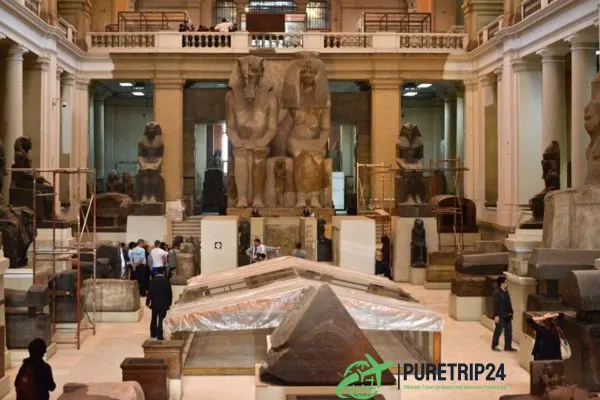
Tutankhamun’s Treasures
You will not want to miss one of the museum’s most prized collections, the artifacts of King Tutankhamun’s tomb. The collection includes:
This emblematic piece, created entirely of gold and ornamented with precious stones, is synonymous with ancient Egypt.
Funerary Objects — Delve into the beautiful objects that were buried with the boy king such as jewelry, chariots, and canopic jars.
The Royal Mummies Hall Egyptian Antiquities
One of our final stops is the hall dedicated to mummification, another haunting, albeit rare, glimpse at an ancient practice. Here, you can view the well-preserved mummies of several pharaohs and discover how the ancient Egyptians buried their loved ones.
The Narmer Palette
The box includes one of the past best-ready objects in the museum – The Narmer Palette, 3100 BC, which illustrates the joining of Higher and Decrease Egypt. This fragment is just one of many that are essential to our comprehension of the early dynastic phase.
Statues of Ramses II
See also the gigantic statues of Ramses II depicting him in all of his grandeur, as one of Egypt’s most influential pharaohs. And the amounts of that sort are really where we see this very high level of artistry ancient Egyptian sculptors were capable of.
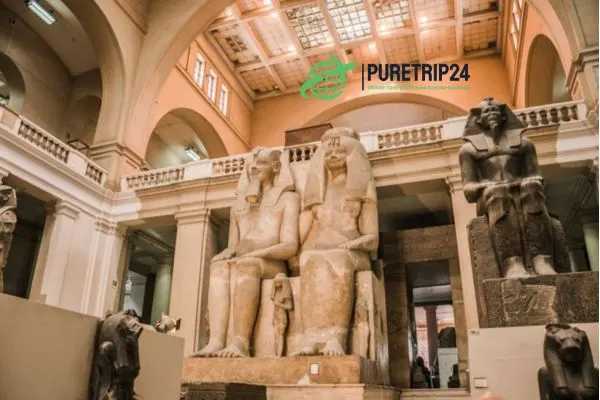
Amarna Period Artifacts
This chapter showcases the distinctive art and culture of Akhenaten and Nefertiti. It is a wonderful subject for study compared to typical Egyptian art.
Tips for Visiting
Plan Your Visit
Hours:Open every day from 9 AM–5 PM Would be wise to confirm this with them or for special hours closures.
When to Go: Early in the morning or late afternoon (before sunset) is optimal for avoiding crowds.
Guided Tours
We enjoyed the guided tour that helped us understand better. The artifacts themselves can often come alive more with the help of knowledgeable guides who offer context and history, which you might easily miss on your own.
Audio Guides
If a personal guide is not your friend, the museum offers an audio guide rental. It will allow you to explore at your own pace and still get information about all the exhibits.
Dress Comfortably
Tip #7:You will be walking for many hours wearing comfortable shoes The museum is extensive so make sure you wear comfortable shoes.
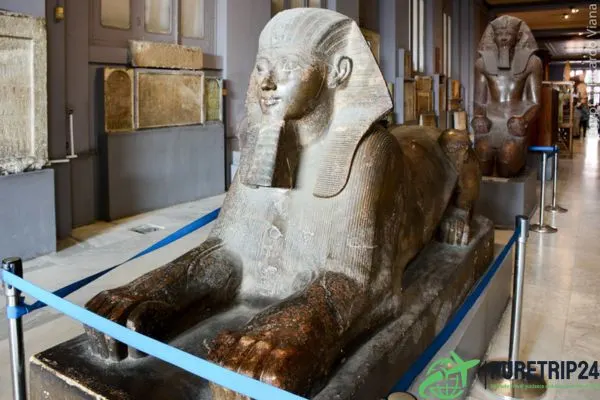
Stay Hydrated
In a city where the summer is sweltering rather hot, (yes I mean Cairo). Visit the museum with a water bottle, so you keep hydrated.
Nearby Attractions
Tahrir Square
Following a visit to the museum, make your way to Tahrir Square, of course keeping in mind that it is an important historical place responsible for starting the 2011 Egyptian Revolution. It is a square full of shops and cafes to relax and reincorporate the visit
The Nile River
The Nile, offering an attractive sidewalk and many boat tours is close to the museum. Hop on a Felucca Ride while you sit in and admire the wonders of Cairo or embark upon experiencing the mesmerizing water landscape.
The Islamic Cairo District Egyptian Antiquities
Discover the Islamic eras in Cairo in this neighboring district. Stroll around cultural landmarks such as the Citadel of Saladin and the Mosque of Muhammad Ali nearby after your trip to the museum.
Dining Options
Restaurant Near the Museum
Nearby, you can dine at some local Egyptian restaurants for traditional meals. Consider trying:
Koshari:A rice, lentils & pasta dish topped with tomato sauce and fried onions, a local favorite.
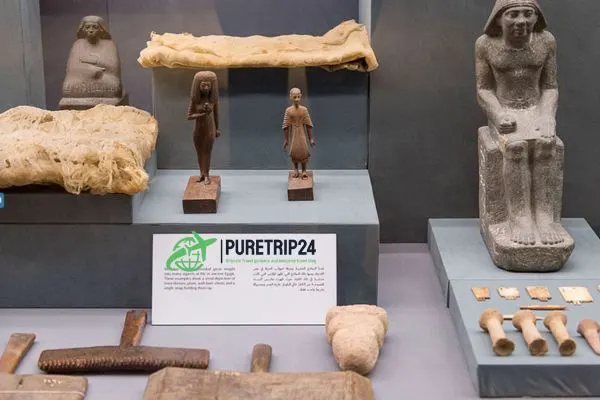
Falafel:To get munching on this fantastic deep-fried patties prepared with ground chickpeas and serve as snacks.
Cafés
For a lighter option, grab some mint tea or coffee and pastries in any of the cafes scattered around Tahrir Square.
Conclusion
It is a must-visit when you decide to travel to Cairo. Its extensive range of relics, detailed past, and medium stature while in the cardiovascular from the town will leave guests with an unforgettable perception of magnificence of Historic Egypt.
We at PureTI hope this guide helps you plan and improve your tour of the museum At the Museum—Checkpoint Charlie. And make sure you take it slow, feel the history, and enjoy every moment of your exploration process!
